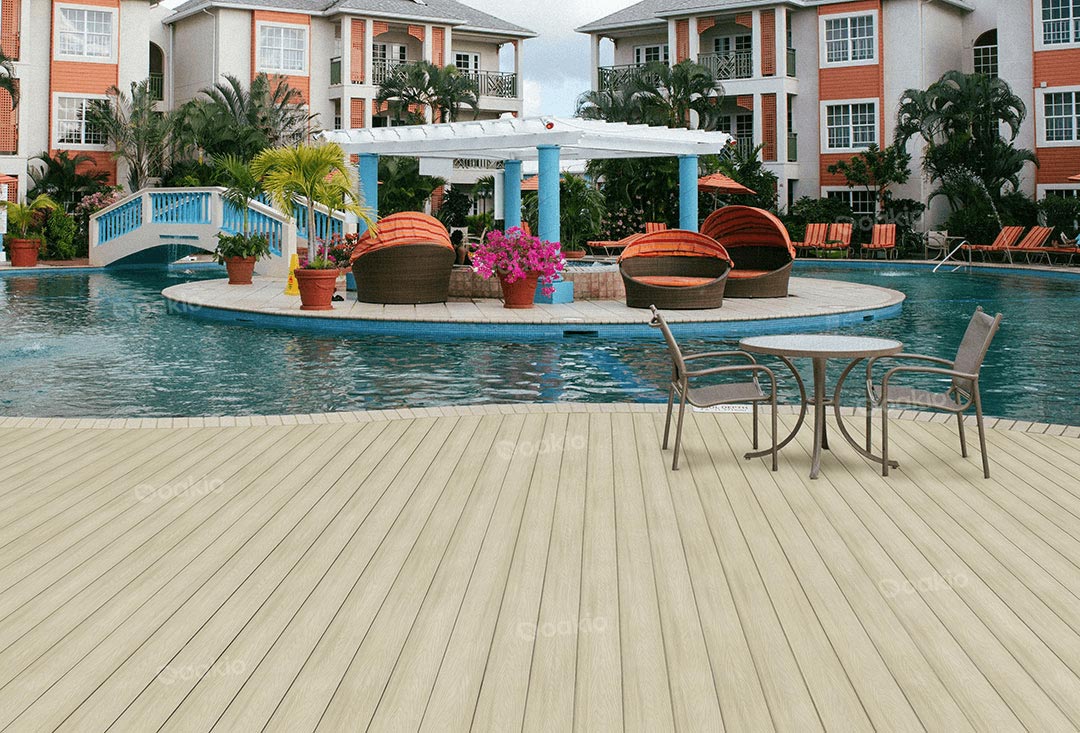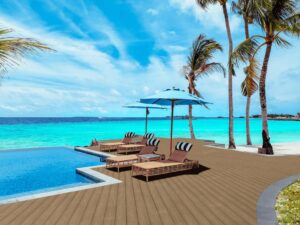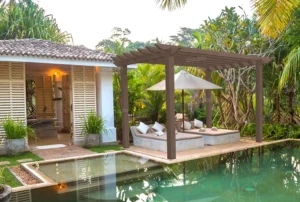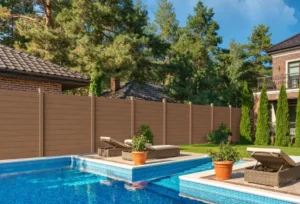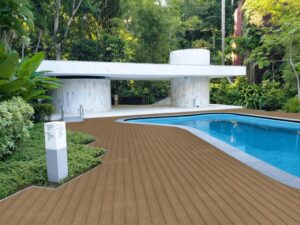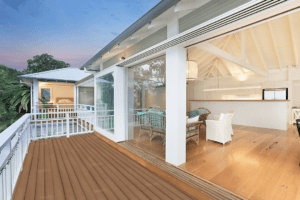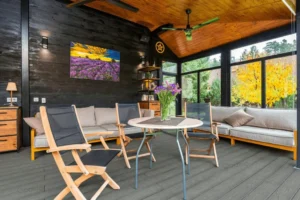7 Frequently Asked Questions and Answers on Wood Plastic Composites
Wood plastic composites (WPC) has been popular among homeowners. But many people may still be unfamiliar with wood plastic composite material. In this article, we list 7 frequently asked questions about wood plastic composites and their answers.
7 Questions and Answers on Wood Plastic Composites
Q1: What is Wood Plastic Composites (WPC)?
Wood plastic composite material, known as plastic wood, composite wood or WPC, use biomass like sawdust and bamboo, employing polymer interface chemistry for versatile, eco-friendly, and recyclable construction. Offering the appearance and texture of solid wood, WPC boasts excellent properties such as moisture resistance, waterproofing, acid-alkali resistance, anti-fungal, anti-static, anti-insect, and high fire resistance, making it a sustainable and pollution-free alternative.
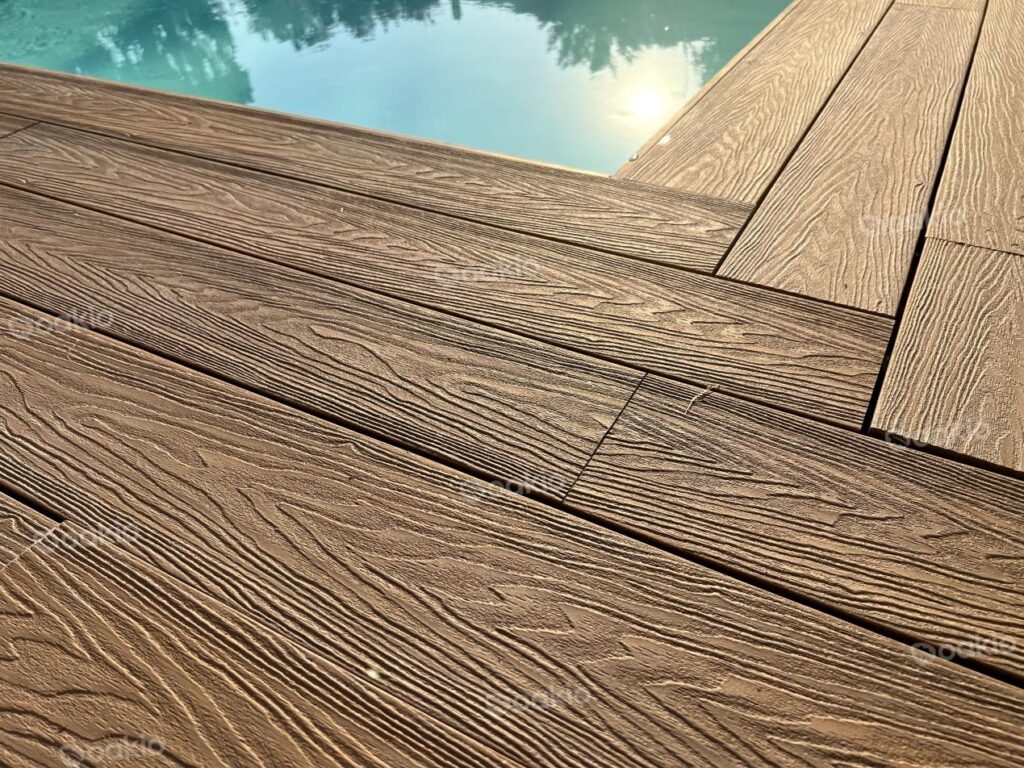
Q2: What is Wood Plastic Composites (WPC) Used for?
When you are constructing your outdoor space, wood plastic is a good option for its water resistance and corrosion resistance. Whether used for flooring, fencing, chairs, or waterfront landscapes, the combination of plastic durability and wood aesthetics caters to the demands of outdoor settings. This versatile material not only withstands environmental challenges but also provides a visually appealing and sustainable solution for outdoor projects.
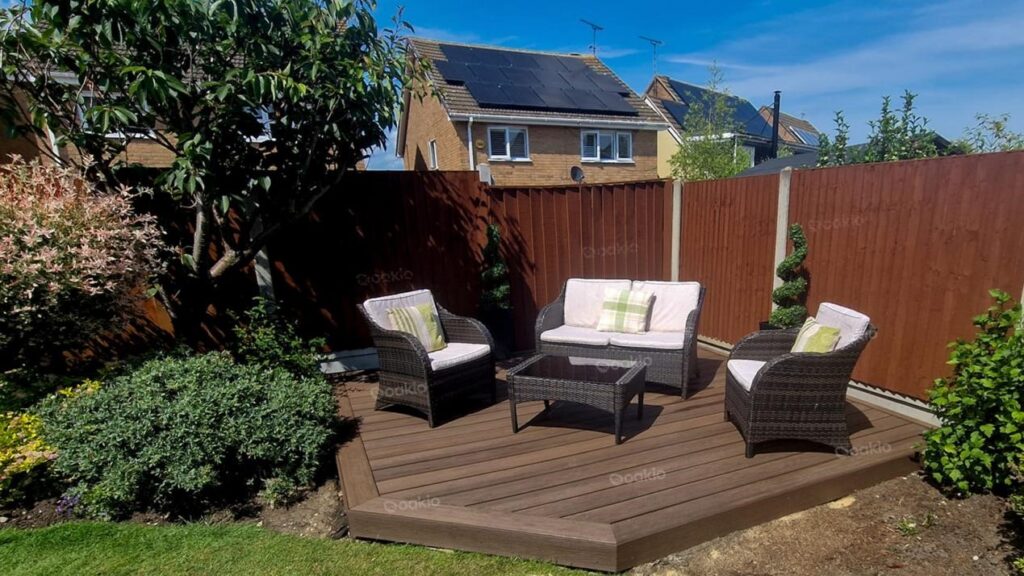
Q3. What Colors Does Composite Wood Come in? Does Paint Needed?
Unlike traditional wood, wood plastic composite offers various colour to choose such as light gray, redwood, wood, gray. And you can customize the colour you want, eliminating the need for paint. The distinctive molding process of wood plastic composite avoids discoloration issues, ensuring enduring vibrancy in the chosen hues. The freedom to select colors without the concern of fading underscores the practicality and visual versatility of wood plastic composite material, making it an ideal choice for both functional and decorative purposes.
Q4. Is Wood Plastic Composite Fire Resistant?
Wood plastic composite materials(WPC) generally have a degree of fire resistance, but their specific fire performance can vary based on the composition of the material and the additives used in its production. While WPC may have inherent resistance to ignition and flame spread due to the presence of wood fibers, they are not entirely fireproof.
Certain factors influence the fire resistance of WPC, such as the ratio of wood fibers to plastic, the type of plastic used, and any additional fire retardants incorporated during manufacturing. It’s crucial to check the product specifications and certifications to understand the specific fire resistance properties of a particular wood plastic composite if you plan to purchase.
Q5. What is the Lifespan of Wood Plastic Composite?
The lifespan of wood plastic composite (WPC) can vary depending on factors such as the quality of the material, its exposure to environmental conditions, and the level of maintenance. In general, WPC has the potential for a relatively long lifespan compared to traditional wood materials. According to the test and research, the life of wood plastic composite can reach 25 years under normal conditions of use.
Q6. What are the Advantages of Wood Plastic Composites?
Wood plastic composite material (WPC) offers several advantages, making them a popular and versatile material in various applications. Here are some key advantages of WPC:
– Durability: WPC combines the benefits of wood and plastic, creating a material that is resistant to rot, decay, and insect damage. This durability makes it well-suited for outdoor space that are exposed to varying weather conditions.
– Weather Resistance: WPC is designed to withstand exposure to sunlight, rain, snow, and other weather elements. It does not warp, splinter, or crack like traditional wood, maintaining its structural integrity over time.
– Low Maintenance: WPC requires minimal maintenance compared to traditional wood. It does not need to be stained, painted, or sealed regularly. Routine cleaning with soap and water is often sufficient to keep it looking good.
– Versatility: WPC is a versatile material suitable for various outdoor applications, including decking, fencing, cladding, furniture, and more. It can be molded into different shapes and sizes, offering design flexibility.
– Environmentally Friendly: Many WPC products incorporate recycled materials, making them an environmentally friendly option. The use of recycled wood fibers and plastic contributes to sustainable practices.
– Long Lifespan: WPC typically has a longer lifespan than traditional wood, making it a cost-effective choice in the long run. It resists decay and deterioration, providing a durable solution for outdoor space.
– Color and Style Options: WPC comes in a variety of colors, textures, and finishes, allowing homeowners to customize their outdoor spaces according to their preferences. This versatility enhances the aesthetic appeal of outdoor structures.
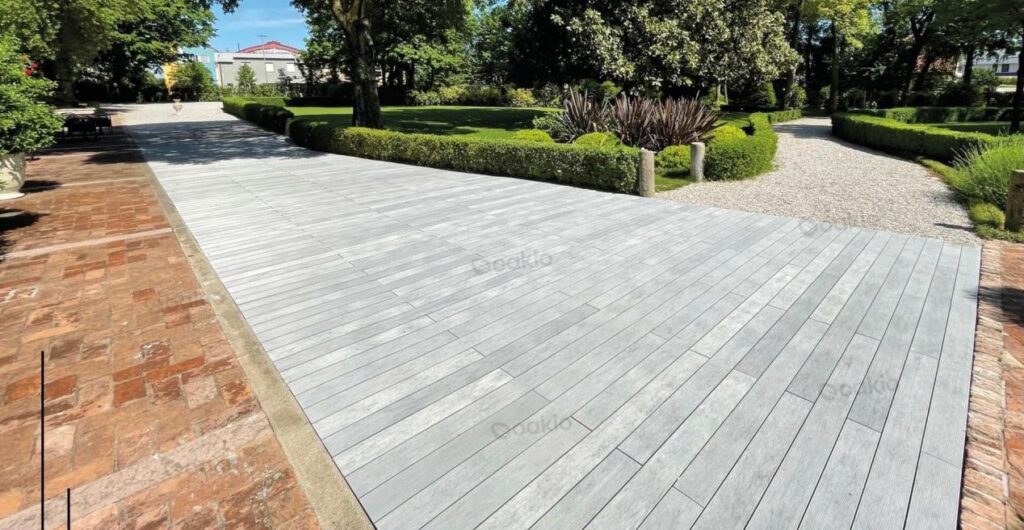
– Resistance to Fading: High-quality WPC is designed to resist fading caused by exposure to UV rays. This ensures that the color of the material remains vibrant over time.
Whether used for decking, fencing, furniture, or other outdoor applications, wood plastic composite has become a popular choice for homeowners and builders seeking a durable, low-maintenance, and aesthetically pleasing material for outdoor living spaces.
Q7. What are the Disadvantages of Wood Composite?
While wood plastic composite (WPC) has many advantages, it also has some disadvantages. It’s important to consider both the pros and cons before deciding on its use. Here are some disadvantages of wood plastic composite material:
– Cost: WPC products can be more expensive upfront than traditional wood. The initial investment may be a consideration for budget-conscious consumers.
– Temperature Sensitivity: WPC can expand and contract with temperature fluctuations, potentially leading to issues like warping or buckling in extreme weather conditions.
– Limited Repairability: Unlike wood, which can be easily repaired by sanding or replacing damaged sections, WPC may be more challenging to repair. Repairs could involve replacing entire sections, impacting cost and convenience.
It’s essential to carefully evaluate the specific needs of a project, considering factors such as budget, structural requirements, and environmental considerations. While WPC offers many benefits, understanding its limitations is crucial for making informed decisions in various applications.
Conclusion
In conclusion, wood plastic composite material (WPC) stands out as an innovative and eco-friendly construction material that blends the durability of plastic with the aesthetics of wood. With advantages like excellent moisture resistance, versatility, and low maintenance, WPC caters to diverse outdoor needs, offering solutions for flooring, fencing, and more. Its fire resistance and potential lifespan of up to 25 years make it a reliable choice. However, awareness of its cost, temperature sensitivity, and repair challenges is crucial. Ultimately, a well-informed evaluation of both the advantages and disadvantages ensures the optimal use of WPC in various outdoor applications.
Trending Reading
What Are the Differences Between the WPC Board and PVC Board?
[2024 Update] How Long Does WPC Decking Last?
